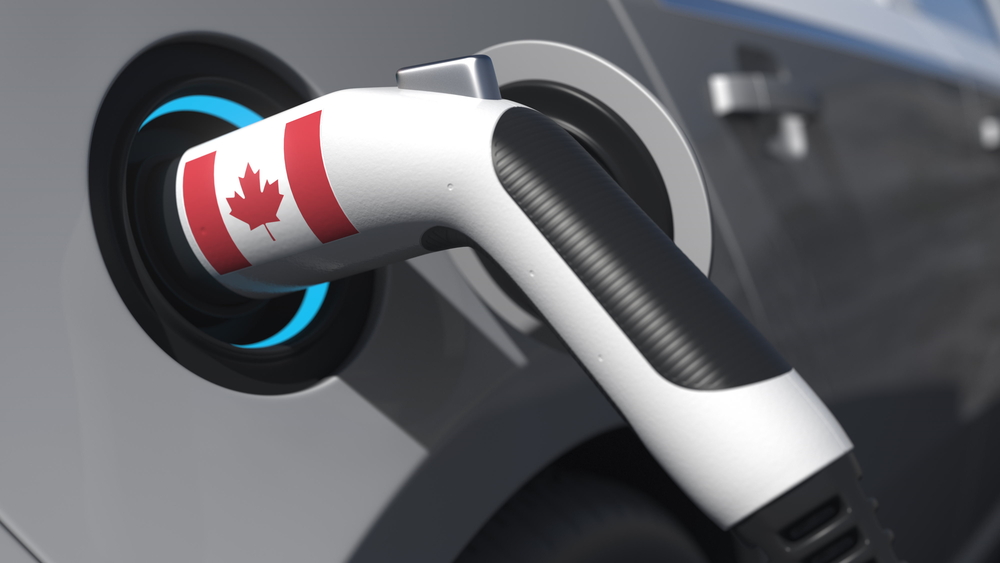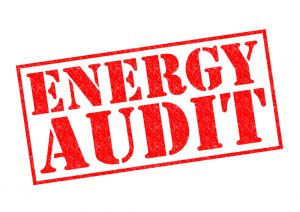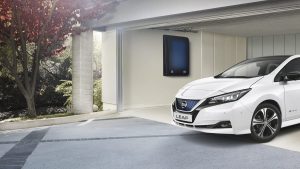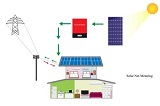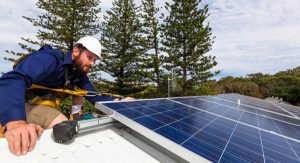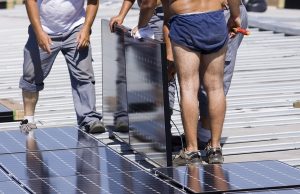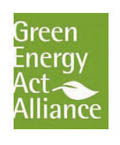Did you know that transport is responsible for a staggering 25% of Canada’s total GHG emissions?
Thankfully both the Federal and Provincial governments are taking a few initiatives to encourage us to switch to ZEVs today rather than tomorrow.
What is a ZEV?
A Zero Emissions Vehicle (ZEV) is a vehicle that has the potential to produce no emissions. They can still have a conventional internal combustion engine but must also be able to drive without using it. Battery-electric, plug-in hybrid electric and hydrogen fuel cell vehicles are all considered ZEVs.
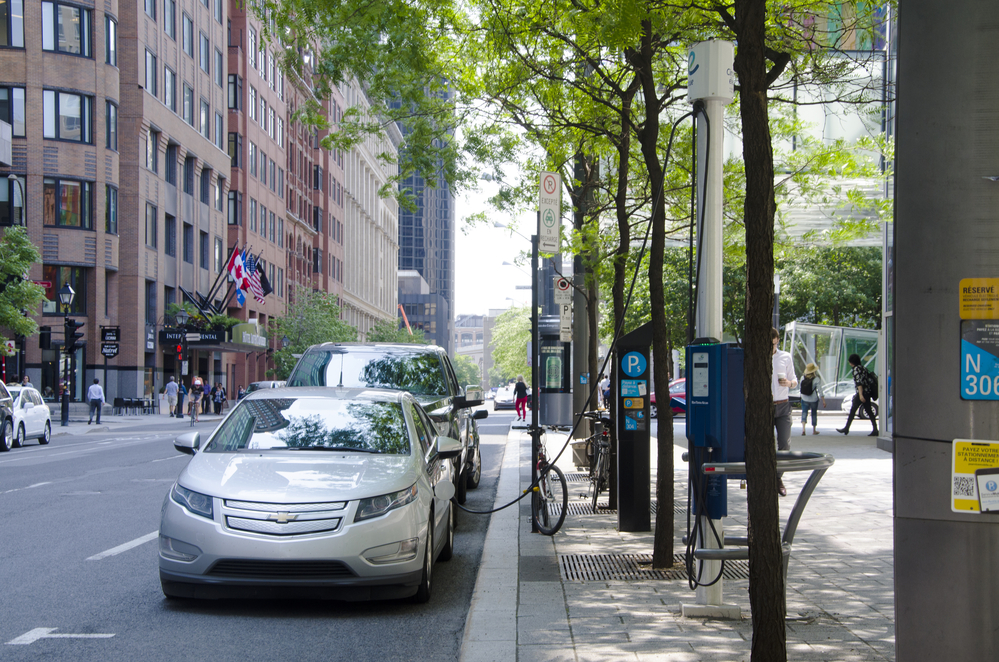
What Incentives are available for Zero-Emission Vehicles?
Canada is aiming for 100% of new light-duty sales to be zero-emission by 2035, and to encourage us to switch to ZEVs, the government launched the Incentives for Zero-Emission Vehicles (iZEV) Program in May 2019.
The program offers a financial rebate for individuals or businesses who buy or lease an eligible ZEV vehicle.
There are two tiers of incentives on the program:
- Battery-electric, hydrogen fuel cell, and longer-range (50km or more range) plug-in hybrid vehicles are eligible for up to a $5,000 rebate.
- Shorter range (less than 50km) plug-in hybrid electric vehicles are eligible for up to a $2,500 rebate.
Which vehicles are eligible for the iZEV Program?
To be eligible under the iZEV Program, the vehicle must be new and meet all of Canada’s Motor Vehicle Safety Standards and for use on public streets, roads, and highways.
Incentives can be applied to new ZEVs purchased or leased for at least 12 months (but will be prorated based on the length of a lease of less than 48 months).
As long as the vehicle appears on the list of eligible vehicles, you qualify for a rebate.
How many EV incentives can I have?
Each calendar year, individuals are limited to one incentive, whilst provincial/territorial and municipal governments operating fleets are eligible for up to 10 incentives under the iZEV program.
How can I get my incentive?
You might think that getting your EV rebate would be an arduous task of endless paperwork and tedious research, but in fact, it’s straightforward and completely stress-free.
You get your rebate at point-of-purchase, meaning that the car dealership is responsible for all the paperwork and ensuring you get your full EV rebate. The dealer must apply taxes and fees to the purchase or lease before applying the incentive, and your rebate will show on the bill of your sale or lease agreement.
And don’t forget that this federal incentive can be applied in addition to any provincial or territorial EV incentives.
Tax write-offs for businesses
For businesses looking to buy an EV for commercial purposes, Canada offers a full tax write-off for certain ZEVs in the year they are put into commercial use. The tax write-off is limited to $55,000, plus federal and provincial taxes.
Businesses that receive an incentive from the federal iZEV Program can’t use the tax write-off for ZEVs. Companies can only use one or the other.
Also, for larger EV infrastructure projects, there’s a EV Charger Incentive program available by Green Economy Canada. It provides up to $100,000 per applicant in financial rebates to increase EV infrastructure projects in public places, on streets, multi-unit residential buildings, workplaces and light-duty vehicle fleets.
For more information on the tax write-off for ZEVs, businesses and self-employed individuals can contact the Canada Revenue Agency at 1-800-959-5525.
When will the iZEV program end?
The program started in 2019 and has been extended until March 2025, but in short, the program will end when the funding runs out.
Initial funding of $92,919,522 was provided on April 1, 2022, and Budget 2022 provided an additional $1.577 billion to continue the Program until March 31, 2025.
In June 2022, Transport Canada received $320,239,600 for the financial year 2022-23 (of the $1.577B), bringing the new accessible funds balance to $355.4M. The remaining funds from Budget 2022 are for 2023-24 and 2024-25.
As of September 30, 2022, the remaining funds were $191,969,339. If the remaining available iZEV funds drop below $20,000,000 before the planned end date of the program, Transport Canada has committed to establishing a process to manage the remaining funds to ensure incentives can be honoured/authorized.
Are there any provincial EV incentives in Ontario?
Unfortunately for Ontario residents interested in EVs, Doug Ford’s Conservative government scrapped its provincial EV rebate program in 2018, opting instead to invest in electric vehicle manufacturing.
However Ontario drivers are eligible to receive a small $1,000 grant for the purchase of a used all-electric vehicle. It’s important to reiterate that this incentive does not apply to plug-in hybrid vehicles. To qualify for the program, the cars must be fully electric and the resale price must be less than $50,000 before taxes, registered and insured in Ontario and be for personal use. To learn more about this program, click here.
https://www.plugndrive.ca/used-electric-vehicles-incentive/
Next steps
If you live in Ontario and are keen to make the leap to an EV, please do shop with a reputable dealership. We recommend using the Ontario Motor Vehicle Industry Council’s (OMVIC) registered dealer and salesperson search page to find the best dealership for you.
https://www.omvic.on.ca/RegistrantSearchM/
With the list of eligible ZEVs regularly expanding, you’re bound to find your perfect ride!


